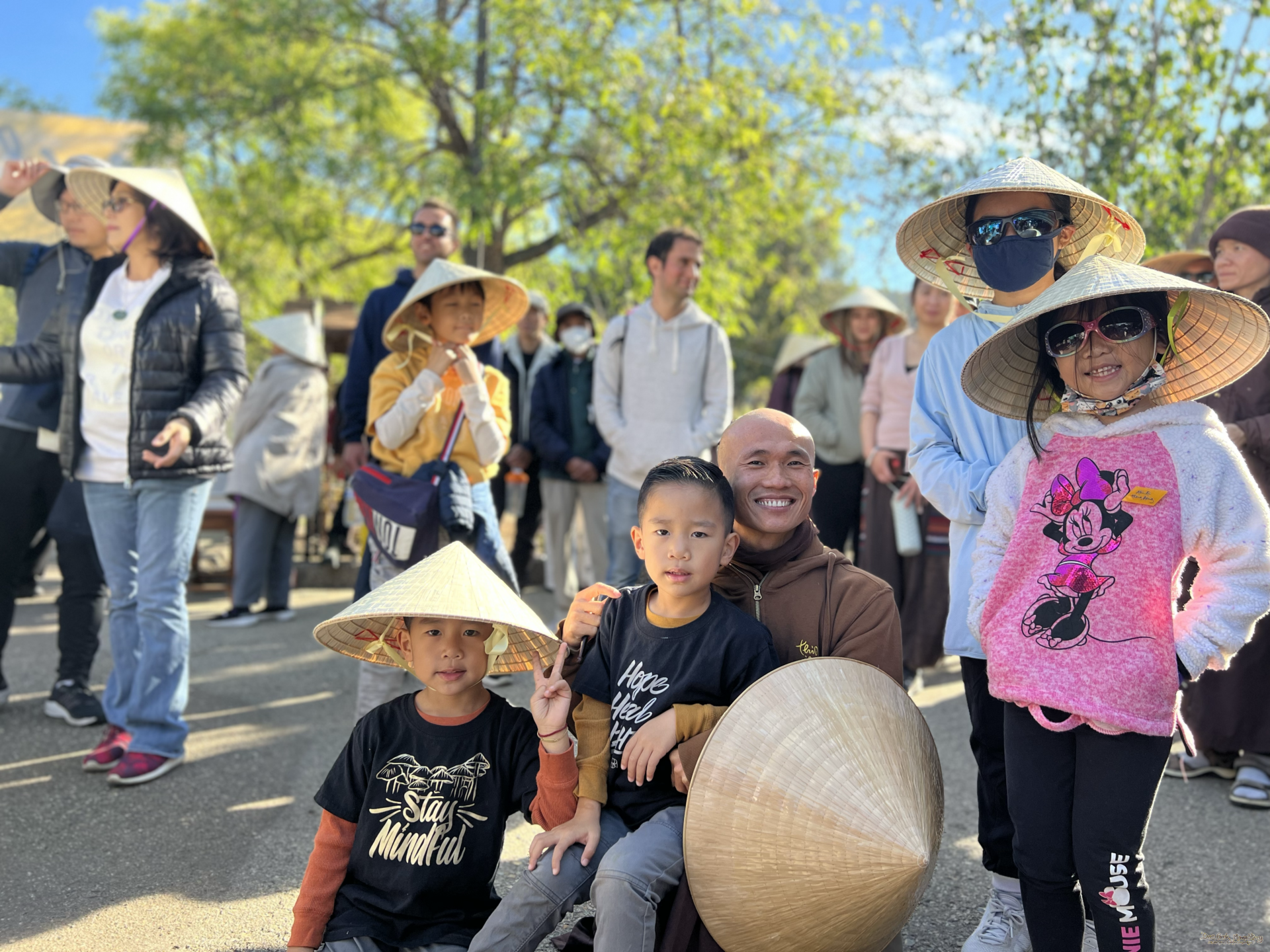Earth Holders Maíra Fernandes de Melo and Nomi Green share guided sitting and movement meditations to transform grief into resiliency.
By Maíra Fernandes de Melo, Nomi Green on
In August 2022, the Earth Holder Community began to offer practices on grief and resiliency every fourth Sunday Sangha of the month. Our first practice used the instructions of the Ānāpānasati Sutta—also known as the Sutra on the Full Awareness of Breathing.
Earth Holders Maíra Fernandes de Melo and Nomi Green share guided sitting and movement meditations to transform grief into resiliency.
By Maíra Fernandes de Melo, Nomi Green on
In August 2022, the Earth Holder Community began to offer practices on grief and resiliency every fourth Sunday Sangha of the month. Our first practice used the instructions of the Ānāpānasati Sutta—also known as the Sutra on the Full Awareness of Breathing. We used the guidance of this sutra to help us metabolize our grief.
The first twelve exercises of the sutra instruct us to be aware of our breath, body, emotions, mind, and mental formations. Starting with the breath, we then move to awareness of the body. In exercises five and six, after settling ourselves in our breath and body, we begin to practice with “breathing in / out I feel joy” and “breathing in / out I feel happy”—orienting our minds towards what is already good and wholesome in the world. As Thầy teaches us, “we already have more than enough conditions to be happy.”
Some of us may be concerned that grief will overwhelm us, but neuroscience teaches us that an emotion only lasts for ninety seconds.
After our mind leans toward joy and happiness, and we develop stability in these pleasant sensations, we move to exercise number seven: awareness of a mental formation: “breathing in / out, I am aware of a mental formation.” In the Earth Holders Sangha, we specifically suggest bringing up the mental formation of grief. Once this mental formation is present, we sit with it for a little bit; we don't need to sit with it for too long. Some of us may be concerned that grief will overwhelm us, but neuroscience teaches us that an emotion only lasts for ninety seconds. An emotion is a biological urge in the body, and all our emotions are here for a reason—they help us make sense of our world and give information to others as well.
When the biological urge of emotion fires, it has an arc: the feeling and accompanying sensations in the body fire, reach a peak, and then autonomically calm down—all in ninety seconds! Of course, we often experience the emotion lasting much longer than ninety seconds, because we continue to refire the emotion with our thoughts. We say that, in a way, “emotions love themselves”—once an emotion begins to fire, it wants to keep going. We work with that in our practice by staying with the sensations in the body—“contemplating the body in the body,” as The Four Foundations of Mindfulness teaches us. We allow our mind to let go of thoughts as they arise, and come back to the sensations in our body. The thought will begin to dissipate, the sensation will fire, and then complete its course with the cessation of that specific emotion.
After we calm our mental formation and become aware of our mind, we move towards happiness with exercise ten: “breathing in / out, I make my mind happy.” The practitioner practices like this. We can think of it as a happiness sandwich—with our grief in the middle.
The Sixteen Exercises of Mindful Breathing 1. Breathing in a long breath, I know I am breathing in a long breath. Breathing out a long breath, I know I am breathing out a long breath. 2. Breathing in a short breath, I know I am breathing in a short breath. Breathing out a short breath, I know I am breathing out a short breath. 3. Breathing in, I am aware of my whole body. Breathing out, I am aware of my whole body. 4. Breathing in / out, I calm my whole body. 5. Breathing in / out, I feel joyful. 6. Breathing in / out, I feel happy. 7. Breathing in / out, I am aware of my mental formations [grief]. 8. Breathing in / out, I calm my mental formations [grief]. 9. Breathing in / out, I am aware of my mind. 10. Breathing in / out, I make my mind happy. 11. Breathing in / out, I concentrate my mind. 12. Breathing in / out, I liberate my mind. 13. Breathing in / out, I observe the impermanent nature of all dharmas. 14. Breathing in / out, I observe the disappearance of desire. 15. Breathing in / out, I observe the no-birth, no-death nature of all phenomena. 16. Breathing in / out, I observe letting go.
Sometimes we want to process grief by talking about it—which is of course important. But we should not forget that we are a body-mind manifestation. After the guided meditation and Dharma sharing, inspired by the sutra, we decided then to make ourselves happy by bringing up our embodied joy through movement.
Our contemporary, westernized society is pretty used to escaping from our emotions, crystalizing them in our bodies, and spilling them out on people around us. That is why sometimes we may lack groundedness. So we thought it would be good to offer a practice to help us to ground our emotions, letting them flow to the Earth, which—as we were taught by our beloved Teacher—embraces everything without discrimination. And how do we do that? What about some “mindful shaking”?

Shaking practices are used by many cultures and traditions to release pent-up stress, anxiety, and trauma in our bodies. In some therapeutic models, shaking to music is a prescriptive practice for metabolizing trauma. This can also be a joyful, energetic activity.
The Sangha stood up and noticed where grief was presently located in the body. We invited everyone to shake it through an upbeat song from the SaveSoil project* once sent to us by a monastic brother in Plum Village. People danced to their rhythm at their own pace as they felt invited to by the music. Little by little, sad faces and red eyes—we had just returned from Dharma sharing—started smiling, and those who had begun shyly started to expand their movements and to swing more confidently.
As we know, there is a lot to grieve about right now—inside of us and around us—with regard to the planet, humanity, and life. Thích Nhất Hạnh translates the phrase, “drishta dharma sukha viharin” from Sanskrit both as “dwelling happily in the present moment” and as “dwelling happily in things as they are.” Sometimes we might privilege the first translation, forgetting that “present moment” and “things as they are” are the same. We need to know how to dwell happily in things as they are in the face of the possible collapse of civilization. These practices can be used as a skillful means to help create resiliency and to transmute grief into aimless and joyful actions toward a happy life for ourselves and all beings. As the writer Alice Walker says, “Hard times require furious dancing!” What better way is there to dance with our grief than in community?
To know more, you can write to admin@earthholdersangha.org and visit https://earthholder.training/.
* SaveSoil is an international interfaith project started by Sadhguru dedicated to stopping the degradation of Earth’s soil.



